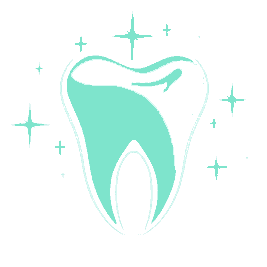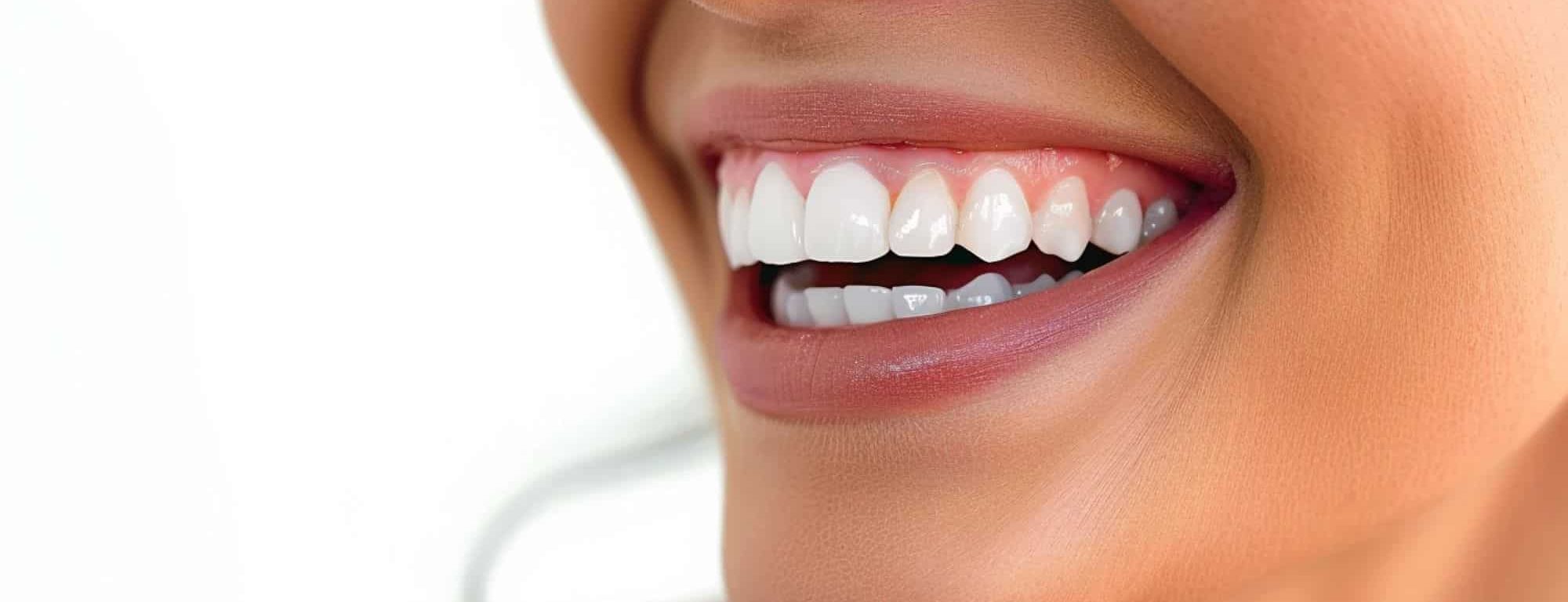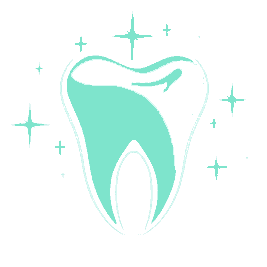Are you looking to brighten your smile with teeth whitening? You’re not alone! Many turn to teeth whitening to enhance their appearance and boost confidence. In this article, we’ll dive into how teeth whitening works, explore different methods, and answer some common questions to help you achieve that dazzling smile safely and effectively.
Understanding Teeth Whitening
Teeth whitening is a popular cosmetic procedure that helps remove stains and lighten the color of your teeth, making your smile brighter and more attractive. But what exactly is involved in this process?
Teeth whitening can be done in several ways, but most methods involve some form of bleach, such as hydrogen peroxide or carbamide peroxide. These chemicals break down the stains on your teeth, which can be caused by food, drinks, or smoking, making them less concentrated and your teeth appear whiter.
Despite its cosmetic benefits, teeth whitening is not just about looking good. A brighter smile can also improve your self-esteem and the way you interact with others, making it a worthwhile investment in your overall well-being.
The Anatomy of Teeth and Staining
To understand how teeth whitening works, it’s important to know a little about the structure of your teeth and what causes them to stain.
Structure of Teeth
Enamel: The hard, outer surface of your teeth, and the most visible part. It’s what you see when you smile.
Dentin: Beneath the enamel is a softer, more porous layer called dentin. It can affect the color of your teeth if the enamel is worn down.
Types of Tooth Stains
Extrinsic Stains: These are surface stains on the enamel caused by common culprits like coffee, tea, red wine, and tobacco.
Intrinsic Stains: These stains are deeper and occur within the dentin. They can be due to aging, exposure to minerals (like fluoride), or decay.
…brushing isn’t always enough to remove stains and why whitening can be a great option to consider.
Understanding these basics helps us see why simply brushing isn’t always enough to remove stains and why whitening can be a great option to consider.
Common Methods of Teeth Whitening
When it comes to whitening your teeth, you have a few options:
Bleaching Agents
Hydrogen Peroxide: This is a powerful bleaching agent used in many whitening products. It works by breaking down into oxygen molecules that penetrate the enamel and break apart the compounds causing discoloration.
Carbamide Peroxide: Similar to hydrogen peroxide, carbamide peroxide is another common agent in whitening treatments. It’s a bit slower to act, as it breaks down into hydrogen peroxide and urea, but it’s just as effective.
Light-Assisted Whitening
While some treatments involve a special light or laser to speed up the whitening process, it’s important to know that recent studies suggest these lights don’t significantly enhance the effects and might lead to tooth sensitivity.
Natural and Over-the-Counter Options
Besides professional treatments in Buffalo, there are over-the-counter kits and natural remedies. Whitening toothpaste and strips can be effective for lighter stains and are a more affordable option.
Choosing the right method depends on the type of stains you have and how quickly you want results. It’s best to consult with a dental professional to find the safest and most effective option for your needs.
Professional vs. At-Home Teeth Whitening
When deciding how to whiten your teeth, you can choose between professional treatments at a dentist’s office and at-home methods. Both options can be effective; however, there are important differences to consider: your specific needs, budget, and the amount of staining.
In-Office Procedures
Advantages: Professional whitening performed by a dentist in Buffalo uses stronger bleaching agents and often includes additional protective measures to safeguard your gums and tooth enamel. This method typically yields faster and more dramatic results compared to at-home kits.
What to Expect: During an in-office whitening session, your dentist will apply a high-concentration peroxide gel to your teeth, which may be activated by a special light to enhance the whitening process. The treatment usually takes about an hour.
Home Whitening Kits
Safety: At-home kits come with lower concentrations of peroxide to ensure safety and minimize potential side effects like tooth sensitivity or gum irritation.
Effectiveness: While these kits are more gradual and less intense than professional treatments, they can still significantly whiten your teeth over time if used correctly.
Guidelines for Use: It’s crucial to follow the product instructions carefully to avoid damaging your teeth and gums. Always check for products approved by dental health authorities to ensure they are safe and effective.
FACT
Professional treatments are more expensive but offer immediate results, whereas at-home kits are more budget-friendly and allow for treatment on your own schedule.
Safety and Side Effects of Teeth Whitening
While teeth whitening is generally safe, it’s important to be aware of potential side effects and how to minimize them.
Potential Risks
Tooth Sensitivity: This is one of the most common side effects of teeth whitening. It occurs because the bleaching agents can temporarily expose the microscopic channels in your teeth, leading to sensitivity.
Gum Irritation: Some people experience irritation in their gums after whitening treatments. This usually happens when the whitening product comes into contact with your gums.
Best Practices for Minimizing Side Effects
Use as Directed: Follow all product instructions and your dentist’s advice to reduce the risk of side effects.
Choose the Right Product: Opt for whitening products with lower concentrations of peroxide if you have sensitive teeth.
Post-Treatment Care: After whitening, avoid foods and drinks that are too hot, cold, or acidic for a couple of days to reduce sensitivity.
By understanding these safety concerns and following recommended guidelines, you can enjoy the benefits of teeth whitening without unnecessary discomfort.
Maintaining Whitening Results
Achieving a whiter smile is exciting, but maintaining those results over time requires some care and attention.
Aftercare Tips
Good Oral Hygiene: Continue brushing and flossing regularly. Consider using a whitening toothpaste to gently polish away new surface stains.
Regular Dental Visits: Have your teeth cleaned professionally every six months to keep stains at bay and catch any potential issues early.
Diet and Lifestyle Adjustments
Foods and Drinks to Avoid: Certain substances like coffee, tea, red wine, and tobacco can cause staining. Limiting these can prolong your whitening results.
Healthy Habits: Drinking plenty of water helps rinse away substances that could stain your teeth. Chewing sugar-free gum can also help by increasing saliva production, which naturally cleans your teeth.
By adopting these practices, you can extend the life of your teeth whitening results and enjoy a brighter smile for longer.
Frequently Asked Questions
To wrap up, let’s address some common questions about teeth whitening:
Can all types of teeth be whitened?
Not all teeth respond to whitening treatments. Teeth with veneers, crowns, or fillings may not whiten as natural teeth do.
How long do teeth whitening results last?
The duration of whitening effects can vary based on your diet, oral hygiene, and the original shade of your teeth. Typically, results can last from six months to two years.
Is teeth whitening suitable for everyone?
Most adults can safely undergo teeth whitening, but it’s not suitable for everyone. For example, people with very sensitive teeth, pregnant women, or those with certain dental conditions should consult with their dentist first.
Conclusion
Teeth whitening can significantly enhance your smile and boost your confidence. By understanding how it works, considering your options carefully, and following best practices for safety and maintenance, you can achieve and maintain beautiful results. If you’re ready to brighten your smile, consult with a dental professional to find the best approach for your needs.


